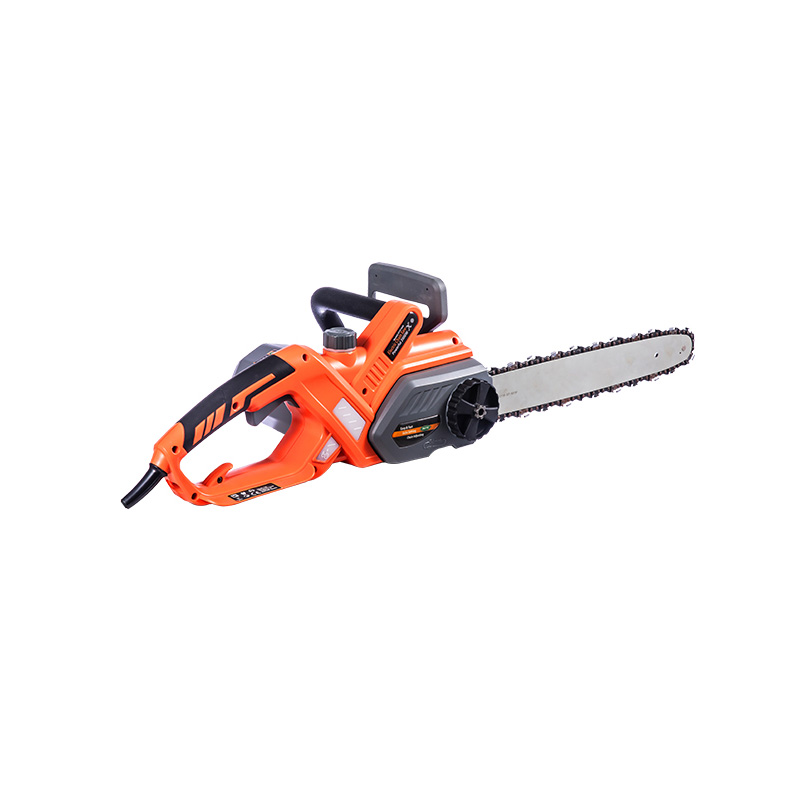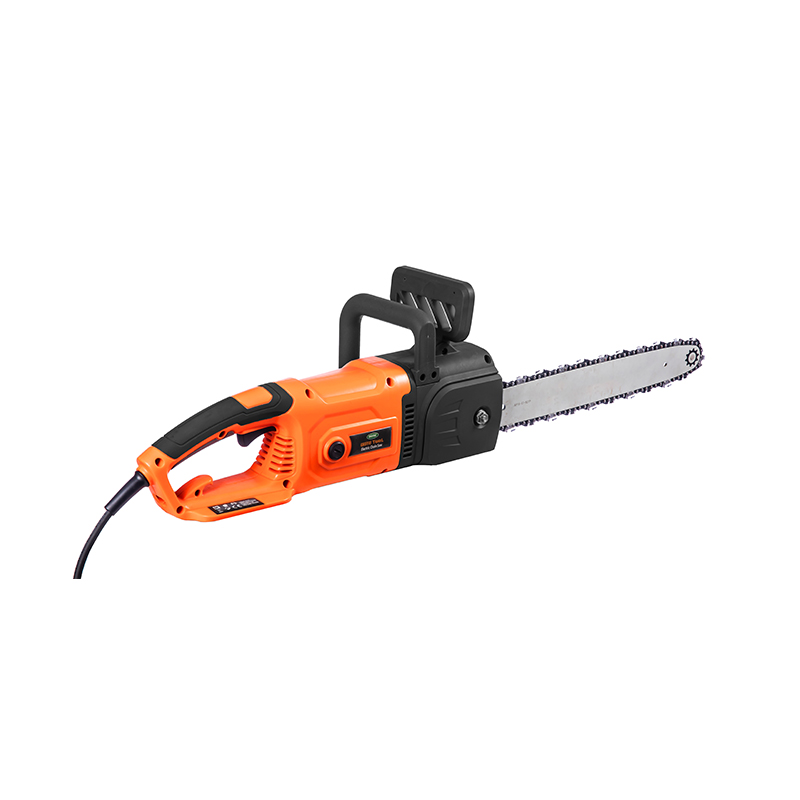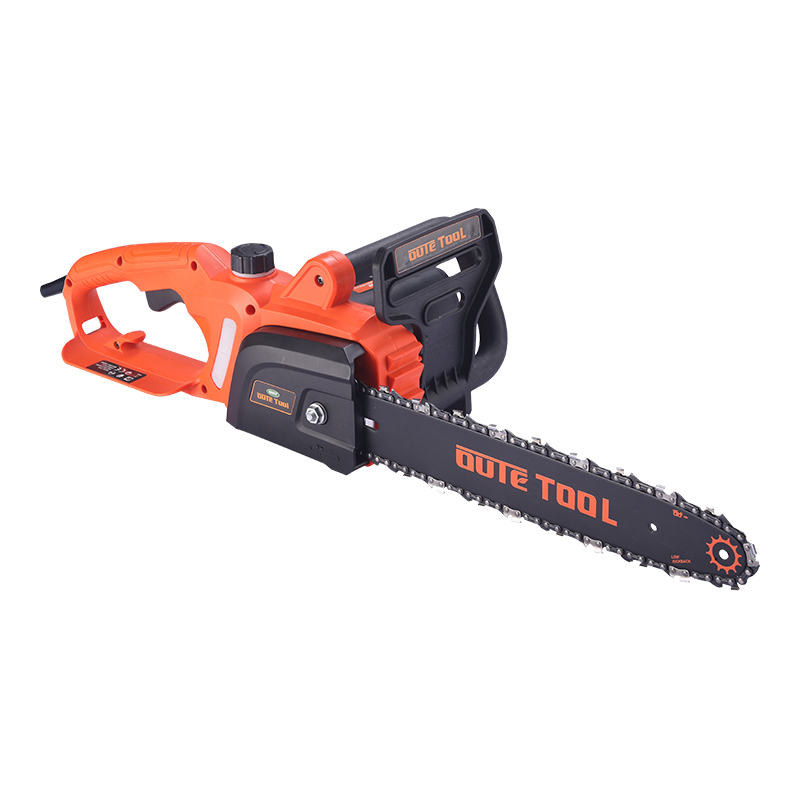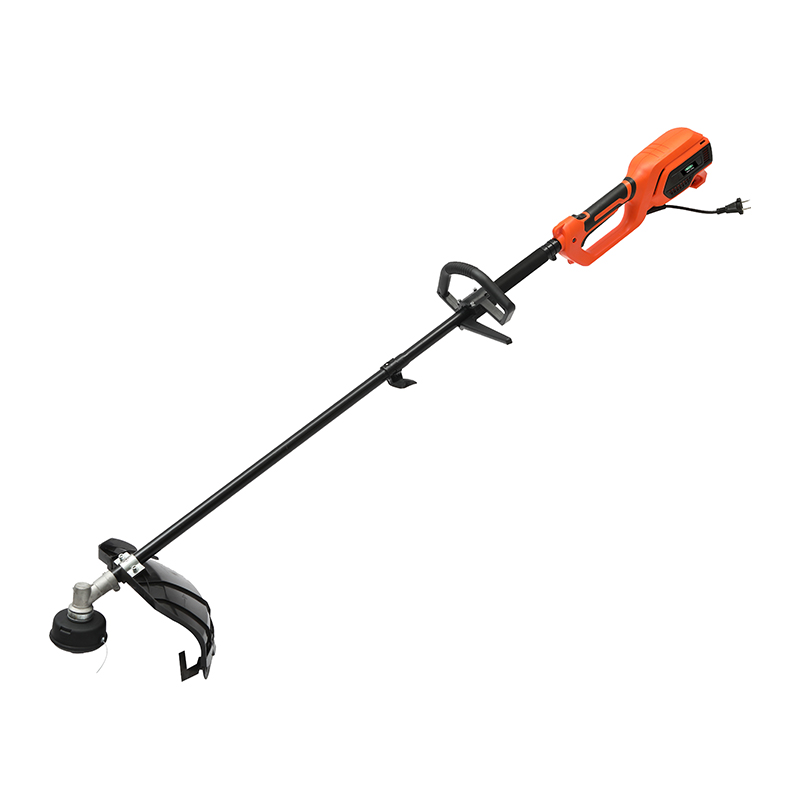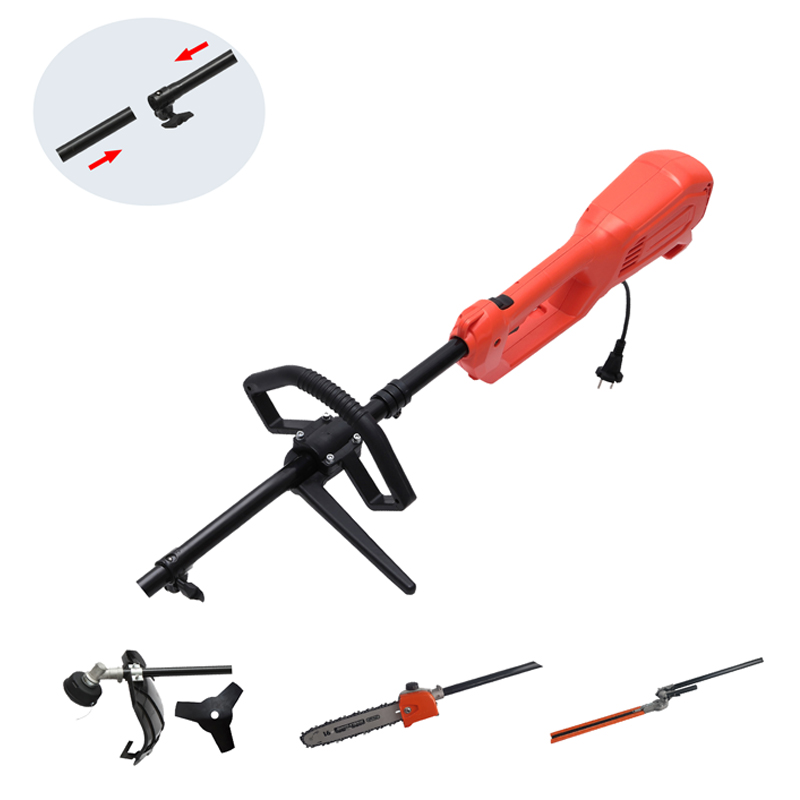As global attention turns increasingly toward environmental sustainability, the landscaping equipment sector is undergoing a quiet but significant transformation. One product this shift is the Power Grass Trimmer—a tool that has evolved from its fuel-heavy roots into a cleaner, more energy-efficient solution for homeowners and professionals alike.
A growing body of data suggests that switching from gas-powered models to electric Power Grass Trimmers can contribute meaningfully to the reduction of carbon emissions. According to a recent report by the Environmental Equipment Efficiency Board (EEEB), a single gas-powered grass trimmer can emit up to 21 pounds of CO₂ per hour. In comparison, battery-operated Power Grass Trimmers produce virtually zero direct emissions during use.
When scaled across the estimated 50 million homes with lawns in the U.S. alone, the potential impact becomes considerable. “If every household replaced its gas trimmer with an electric Power Grass Trimmer, the carbon savings would be equivalent to removing over 1.3 million cars from the road for a year,” the report states.
Manufacturers are increasingly promoting the environmental benefits of their Power Grass Trimmer lines. Brands highlight quieter operation, no need for fossil fuels, and reduced maintenance as core advantages. However, environmental groups urge consumers to look beyond marketing claims.
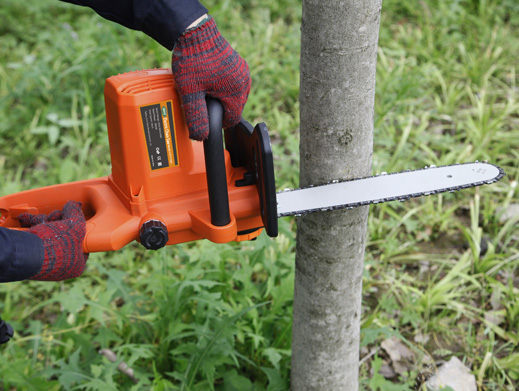
One viral claim making the rounds on social media suggests that using one Power Grass Trimmer for a year offsets the same amount of carbon as five mature trees absorb in that time. While the claim makes a compelling point, experts say it oversimplifies the data. “It’s not entirely accurate to equate tool usage to tree absorption without context,” says Dr. Lila Harmon, a sustainability analyst. “We must consider manufacturing processes, battery production, and end-of-life recycling.”
That said, electric Power Grass Trimmers still present a cleaner lifecycle when compared to their gas counterparts. The transition from two-stroke engines—known for high particulate emissions—to brushless electric motors in modern Power Grass Trimmers marks a major advancement in low-emission technology.
Retailers are also taking note. Online marketplaces report a steady increase in searches for “eco-friendly Power Grass Trimmer” and “low-emission yard tools.” In response, several brands have introduced new lines of Power Grass Trimmers with recyclable housing, modular battery systems, and solar charging compatibility.
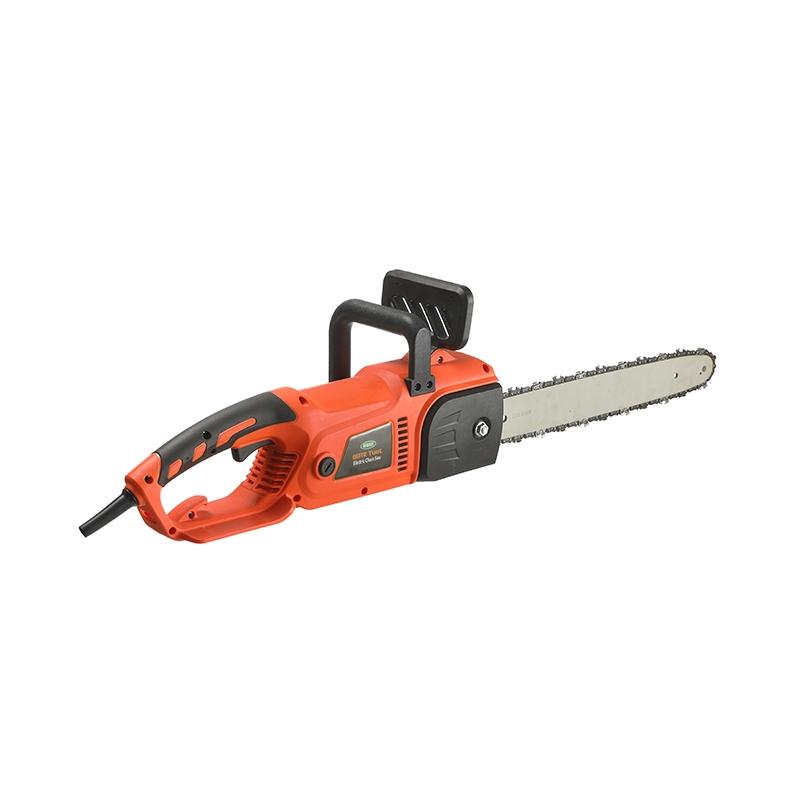
Landscaping professionals are also embracing the trend. James Corbin, owner of GreenYard Services in Oregon, recently converted his entire equipment fleet to battery-powered tools. “The Power Grass Trimmer has become central to our operation,” he explains. “It reduces noise complaints in residential areas and aligns with our sustainable branding.”
Still, challenges remain. Battery sourcing and disposal are areas of concern, as is the performance gap for heavy-duty commercial use. However, technological advancements continue to improve runtime and cut power, making the Power Grass Trimmer a more viable option for a wider range of users.
The bottom line: While no single tool can solve the climate crisis, adopting electric Power Grass Trimmers is a practical and meaningful step in the right direction. As awareness grows and innovation continues, the Power Grass Trimmer may well become a symbol of sustainable lawn care in the years to come.
